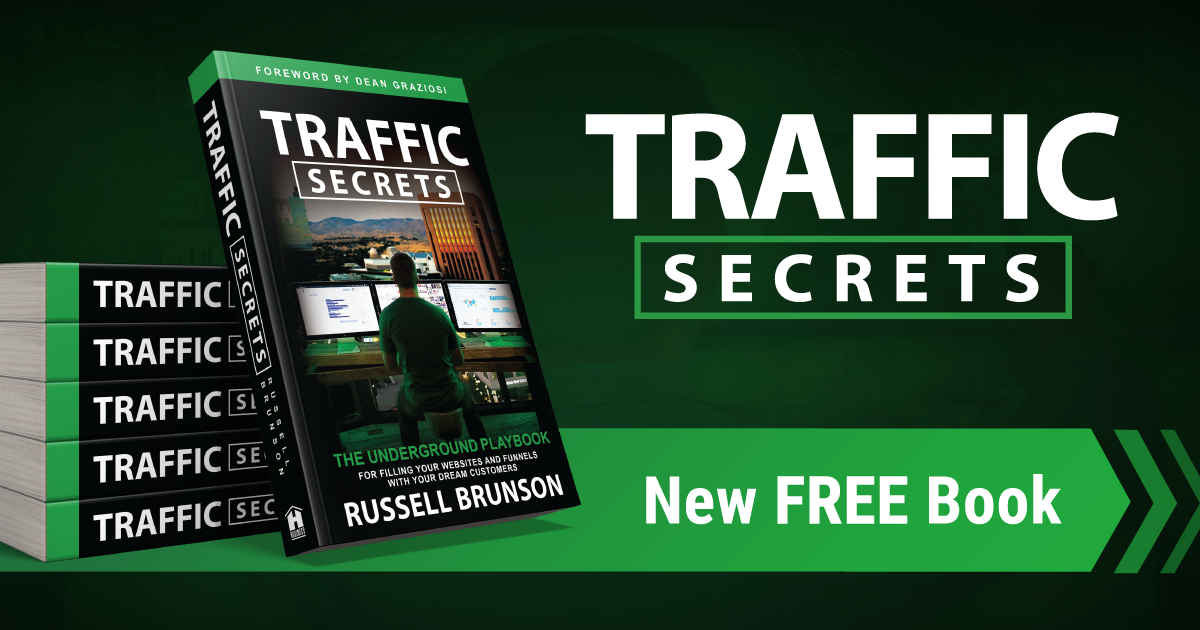Archive
Writing Effective Calls-to-Action: Tips and Strategies for Improving Conversions
Hey there, fellow bloggers!
Today, let’s talk about one of the most crucial elements of any blog or website – the call-to-action (CTA). CTAs are what prompts your visitors to take action, whether it’s subscribing to your newsletter, making a purchase, or downloading a freebie. A poorly written CTA can cause your conversion rates to plummet, while an effective one can significantly improve them. Here are some tips and strategies to help you write effective CTAs:
1. Be Clear and Specific

When it comes to CTAs, clarity is key. Be specific about what you want your visitors to do. Use action-oriented language that makes it clear what they’ll get if they take the desired action. For example, instead of using a generic “Click Here” button, use something like “Download Your Free Ebook Now.”
2. Use Urgency
Creating a sense of urgency can be a powerful motivator for your visitors. Use language that conveys a sense of time-sensitivity, like “Limited Time Offer” or “Only X Spots Left.” This creates a sense of scarcity, which can push people to take action.
3. Make it Easy and Accessible
Don’t make your visitors jump through hoops to take action. Make sure your CTAs are easy to find and accessible. Use contrasting colors and fonts to make them stand out. If you’re using a form, keep it short and simple. The easier it is for people to take action, the more likely they’ll do it.
4. Use Social Proof
Social proof is a powerful tool for convincing people to take action. Use testimonials or statistics to show people that others have taken the desired action and have had a positive experience. For example, “Join the 10,000+ people who have already subscribed to our newsletter.”
5. Test and Iterate
Finally, it’s essential to test and iterate your CTAs. Try out different language, colors, and placements to see what works best. Use A/B testing to compare different versions of your CTAs and track your conversion rates. Don’t be afraid to make changes if something isn’t working.
So, there you have it – my top tips and strategies for writing effective CTAs. By following these tips, you can create CTAs that will motivate your visitors to take action and improve your conversion rates. Happy writing!
The Power of Storytelling in Copywriting: How to Connect with Your Audience
As a copywriter, I have come to realize the power of storytelling in connecting with my audience. Sure, I can write a compelling headline and use persuasive language to try and sell a product, but it’s the stories I tell that really resonate with people.
One of my favorite examples of this is a campaign I worked on for a new line of organic skincare products. Instead of just listing the benefits of the ingredients and how they would improve one’s skin, I told the story of a woman who struggled with eczema her entire life and finally found relief through using these products.
This story not only made the product more relatable to those who also suffer from eczema, but it also created an emotional connection with anyone who has ever felt self-conscious about their skin. By sharing a personal story, I was able to tap into the audience’s emotions and create a sense of empathy and understanding.

Another example is a campaign I worked on for a non-profit organization that provided education and resources for children living in poverty. Instead of just listing statistics and facts about poverty, I told the story of a young girl named Maria who lived in a slum and dreamed of becoming a doctor one day.
This story not only highlighted the struggles that children living in poverty face but also showed the audience the potential and determination that these children have. By sharing Maria’s story, I was able to create a sense of hope and inspiration for the audience and motivate them to get involved and make a difference.
So, how can you use storytelling in your copywriting to connect with your audience?
1. Identify your audience’s pain points
What are the struggles or challenges that your audience faces? By identifying these pain points, you can create a story that speaks directly to their experiences and emotions.
2. Use relatable characters
Whether it’s a customer testimonial or a fictional character, using relatable characters in your story can help your audience see themselves in the story and create a stronger emotional connection.
3. Focus on the transformation
What is the transformation that your product or service provides? Whether it’s a physical transformation like clearer skin or an emotional transformation like feeling more confident, focusing on the end result can help your audience see the value in what you’re offering.
4. Keep it concise
While storytelling can be powerful, it’s important to keep your story concise and to the point. Your audience’s attention span is limited, so make sure your story is engaging and easy to follow.
Overall, storytelling is a powerful tool in copywriting that can help you connect with your audience on a deeper level. By identifying your audience’s pain points, using relatable characters, focusing on the transformation, and keeping it concise, you can create a story that resonates with your audience and motivates them to take action.
The Art of Headlines: How to Write Attention-Grabbing Headlines That Convert
As a writer, I know that headlines are the most important part of any piece of content. It’s the first thing that your reader sees, and it’s the only thing that can convince them to click through and read your article. That’s why it’s so important to know the art of headlines and how to write attention-grabbing headlines that convert.
Here are some of the tips that I’ve learned over the years:

1. Use Numbers and Lists
People love lists, and headlines with numbers in them tend to get more clicks. Using numbers in your headlines makes it easier for readers to understand what they’re going to get from your article. For example, “10 Tips for Writing Better Headlines” is more appealing than “Tips for Writing Better Headlines”.
2. Use Strong Adjectives
Using strong adjectives in your headlines can make them more powerful and eye-catching. Words like “amazing”, “incredible”, and “essential” can make your headlines more compelling and encourage readers to click through to your article.
3. Use Emotion
People are more likely to click on headlines that evoke emotion. Use words that trigger emotions like fear, curiosity, or excitement. For example, “The Shocking Truth About… ” or “Why You’ll Never Believe What Happened When…”. These kinds of headlines are more likely to get clicks because they tap into the reader’s emotions.
4. Keep It Short and Sweet
Your headline should be short and to the point. You want to convey the message of your article in as few words as possible. The ideal length for a headline is between 6-12 words. Longer headlines can be overwhelming and may not get as many clicks.
5. Make It Specific
Your headline should be specific and accurately reflect the content of your article. Clickbait headlines might get clicks initially, but they won’t convert readers into engaged followers. Your headline should be truthful and accurately represent what your article is about.
In conclusion, writing attention-grabbing headlines that convert takes time and practice. By using numbers, strong adjectives, emotion, keeping it short and sweet, and making it specific, you can create headlines that get clicks and convert readers into engaged followers.
Copywriting for SEO: How to Write Compelling Content That Ranks in Search Engines
Hey there! As a copywriter, I know how important it is to create content that not only captures the attention of your readers but also ranks high in search engine results. Here are some tips on how to write compelling content that ranks in search engines.
Research Keywords
Before diving into writing your content, it’s important to research keywords related to your topic. Use keyword research tools such as Google Keyword Planner or SEMrush to find keywords that have high search volumes and low competition. Incorporate these keywords into your content, but make sure they appear naturally and don’t disrupt the flow of your writing.
Write Quality Content
Search engines value quality content that provides value to readers. Make sure your writing is well-researched, informative, and engaging. Use subheadings, bullet points, and images to break up blocks of text and make your content more readable.
Optimize Headings and Meta Descriptions
Headings and meta descriptions are important for both readers and search engines. Use headings to break up your content and make it easier to read. Include your main keyword in your meta description, which is the short blurb that appears under your page title in search engine results. This will help your page appear more relevant to search engines.
Include Internal and External Links
Internal links to other pages on your website and external links to relevant, authoritative sources help search engines understand the context of your content. Make sure your links are relevant and add value to your content.
Use Alt Tags for Images
Search engines can’t read images, so it’s important to use alt tags to describe your images. This helps search engines understand the content of your page and improves accessibility for visually impaired users.
Conclusion
Writing compelling content that ranks in search engines takes time and effort, but it’s worth it in the end. By following these tips, you can create content that not only captures the attention of your readers but also ranks high in search engine results.
This post may contain affiliate links, where I may receive a small commission if you purchase something through following the link at no cost to you.
Copywriting 101: The Basics of Writing Persuasive Copy That Sells
Hey everyone, as someone who’s been in the copywriting business for a few years, I thought it would be helpful to share some tips on how to write persuasive copy that sells. Whether you’re writing copy for a website, brochure, or email, the goal is to persuade your audience to take action. Here are some key tips:
1. Know Your Audience

Before you start writing, it’s important to know who you’re writing for. Who is your target audience? What are their pain points and desires? What tone and language will resonate with them? The more you understand your audience, the better you can tailor your copy to their needs.
2. Highlight Benefits, Not Features
When describing a product or service, it’s easy to get caught up in the features. However, what really matters to your audience is how those features will benefit them. For example, instead of saying a car has a 300 horsepower engine, highlight that it can accelerate from 0 to 60 mph in under 5 seconds. Focus on how your product or service will improve your audience’s life.
3. Use Emotion
We like to think we make rational decisions, but in reality, emotions play a big role in our choices. Use emotional language to connect with your audience and make them feel something. Whether it’s excitement, fear, or joy, tapping into emotions can be a powerful tool in persuasive copywriting.
4. Be Clear and Concise
When it comes to copywriting, less is often more. Avoid using complex jargon or long-winded sentences that can confuse your audience. Instead, use simple language and keep your sentences short and to the point. Your audience should be able to understand your message quickly and easily.
5. Include a Call to Action
Finally, every piece of persuasive copy should include a call to action (CTA). This is the step you want your audience to take after reading your copy, whether it’s to buy a product, sign up for a newsletter, or schedule a consultation. Make the CTA clear and prominent, and use action-oriented language to encourage your audience to take action.
So there you have it, my top tips for writing persuasive copy that sells. Remember to know your audience, highlight benefits, use emotion, be clear and concise, and include a strong call to action. Happy writing!
